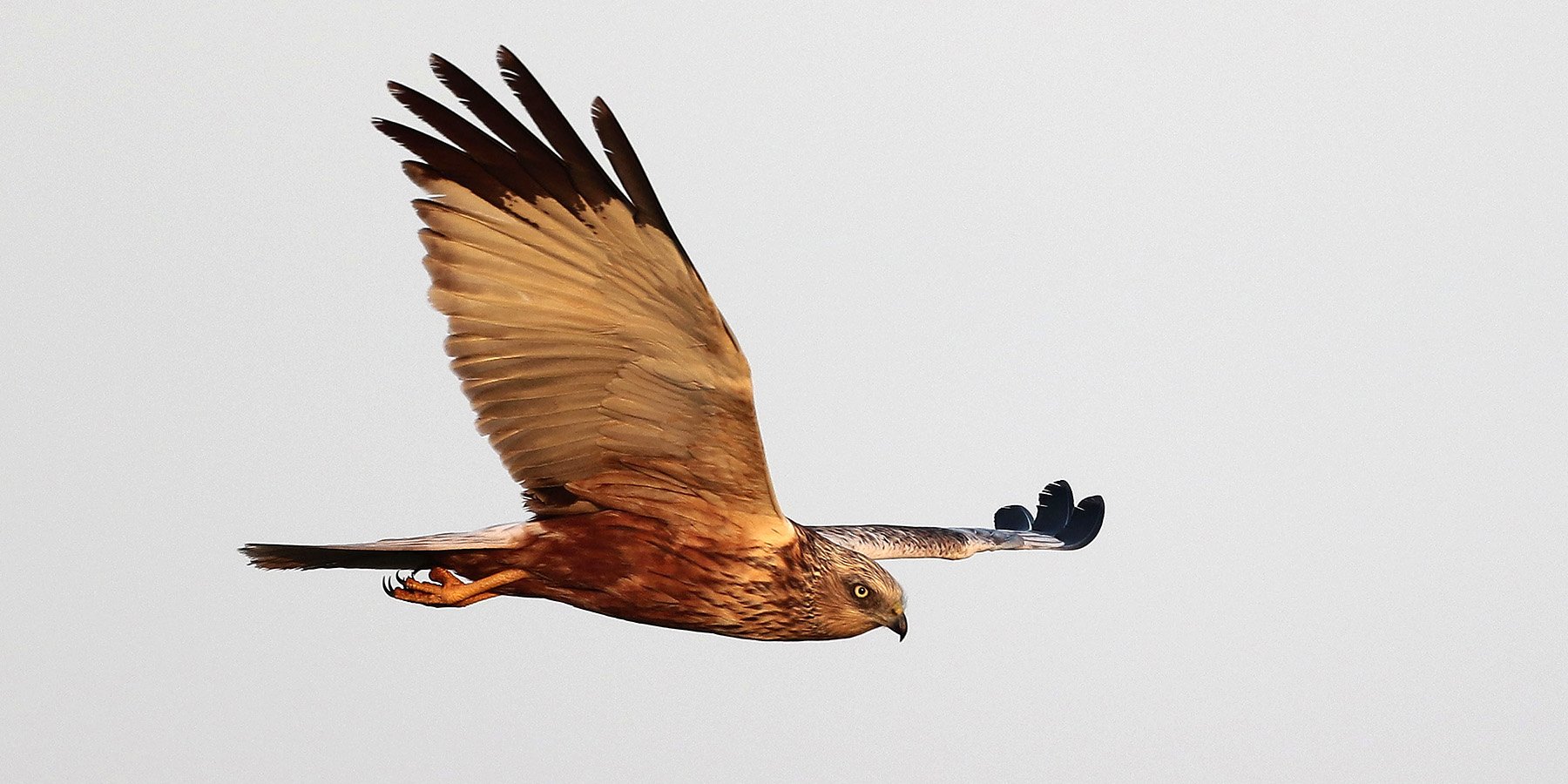Head down to Newport Wetlands just before dusk in Autumn or Winter and you could be in for one of the most spectacular displays in nature - a starling murmuration.
As the sun begins to set, flocks of starlings come together to roost for the night in the reed beds. Before they settle down for the evening, the birds briefly form a swirling mass, swooping and diving together. What may start as just one or two hundred birds soon swells to thousands, and then tens or hundreds of thousands, as more and more birds fly in to join the murmuration, attracted by the aerial display. The largest murmuration ever recorded, at Shapwick Heath in Somerset, numbered around 6 million birds!
Despite the huge numbers, the birds manage to fly without bumping into one another. Each starling follows the six birds flying closest to it. As one changes direction, so the others around it follow suit, and the movement ripples through the flock, creating intricate and ever changing patterns.
After several minutes, the stunning display comes to an abrupt halt as the starlings suddenly descend into the reed bed to roost.
But why do they perform this display? It is thought that the aerial display acts as a giant signpost, attracting all the starlings in the area to flock together. Once together, the swirling mass of birds makes it difficult for predators, such as peregrines, to target individual birds. The birds then roost together for safety and warmth.
Starling murmurations were once a common sight over many UK cities, but sadly numbers of this attractive bird have plummeted over recent years.
Visit Newport Wetlands
Newport Wetlands National Nature Reserve, RSPB Newport Wetlands, Nash, NP18 2BZ.
OS Grid Ref: ST 334 834




















